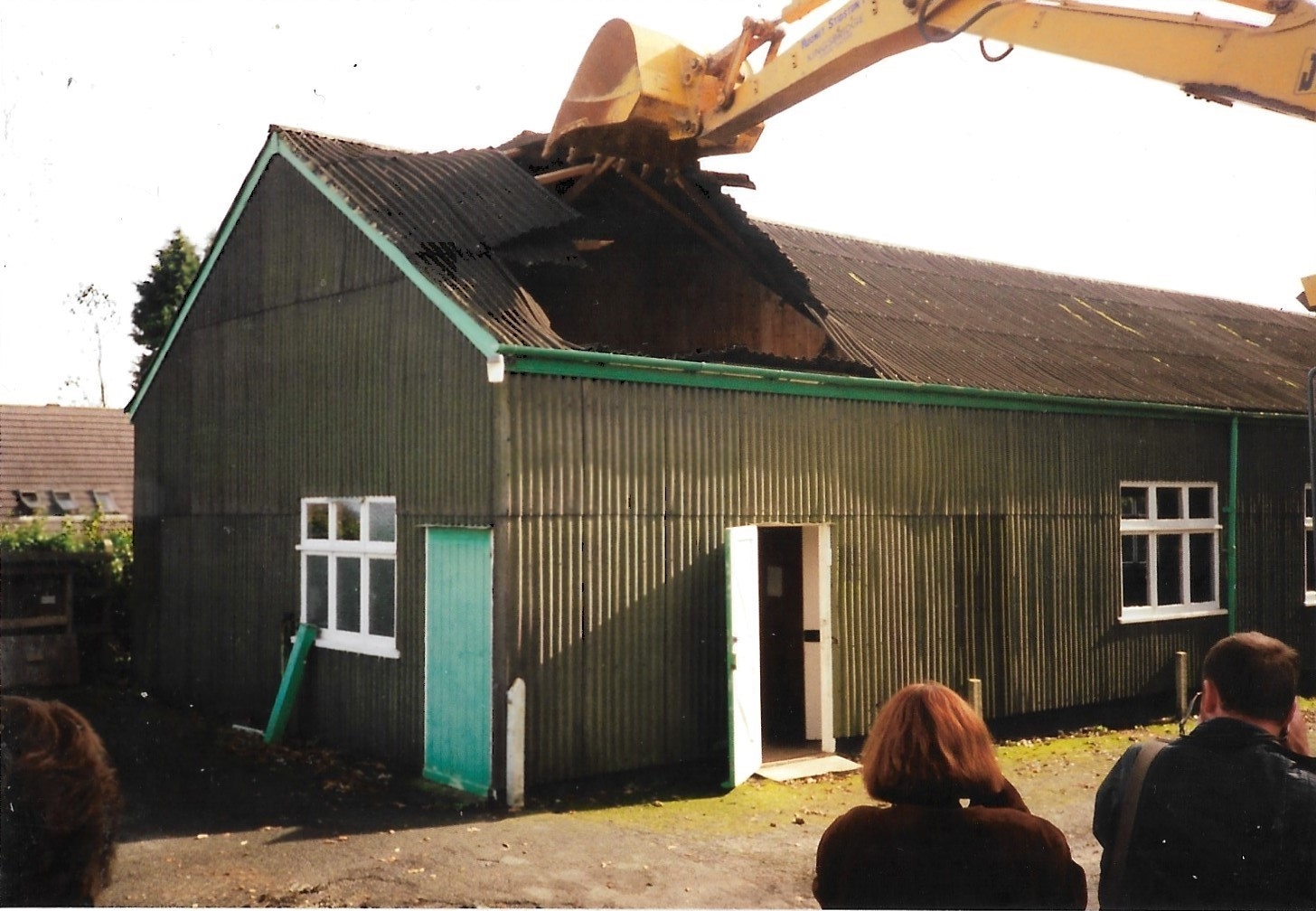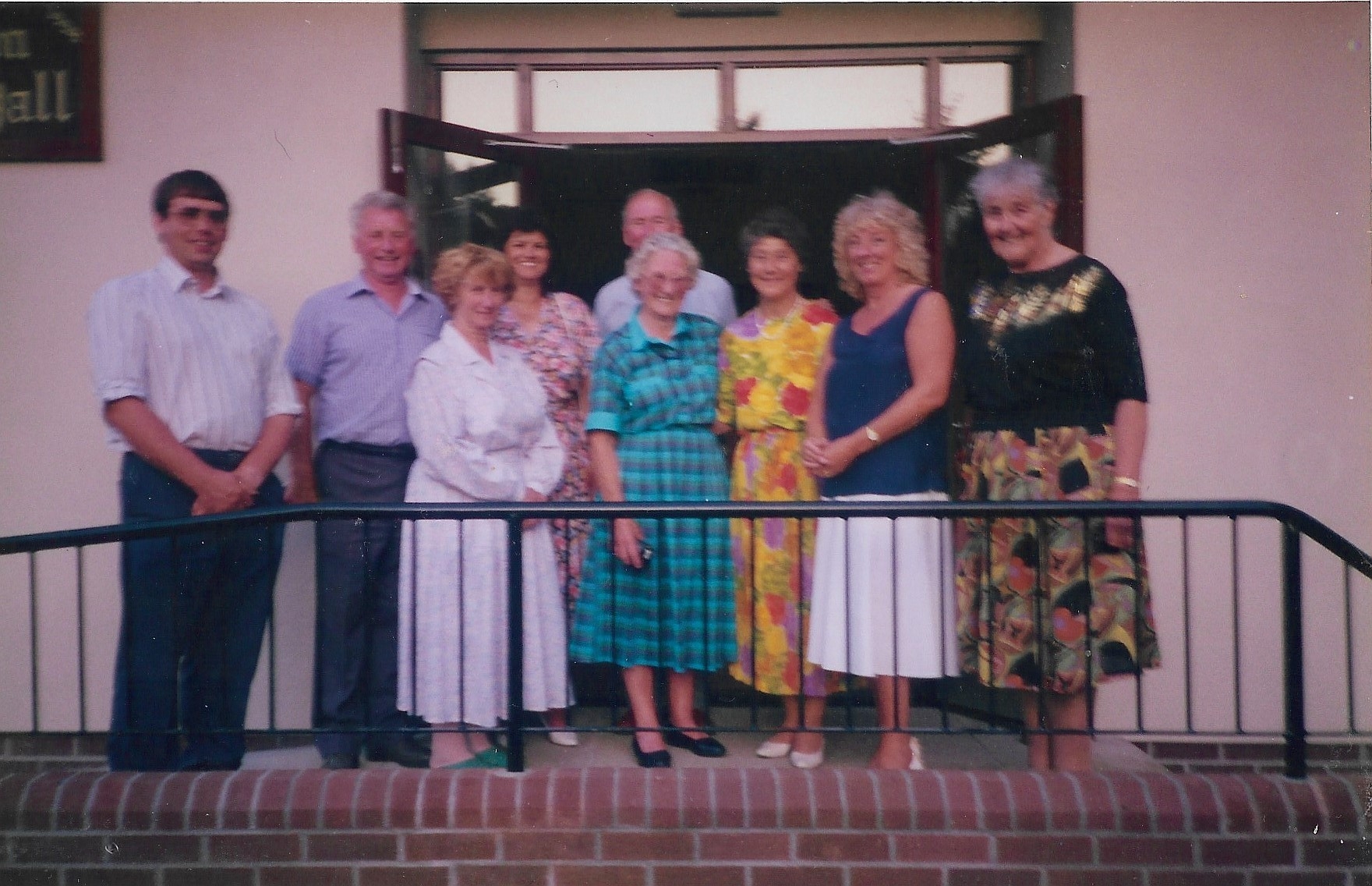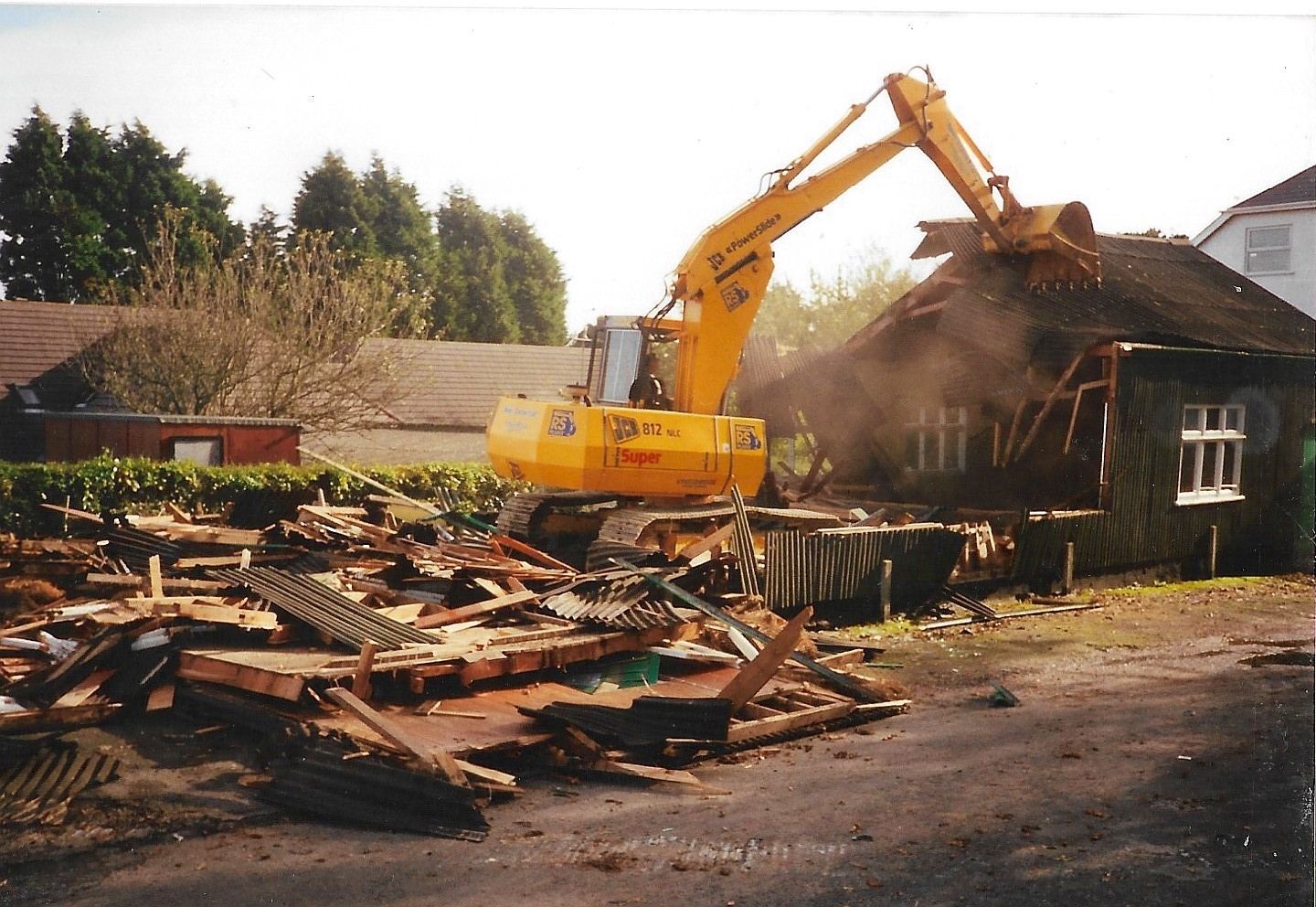














In 1924 Mr Heygate, a resident of Slapton, gave a piece of land to the village on which to build a village hall. He became Chairman of the Trustees who managed the first actual hall. Before the hall was built, meetings to discuss village affairs had been held in the Old Assembly Rooms on Sands Road.
The cost of building the first hall was £500. The stage cost £11.5.0 (remember old money?). The Committee had raised £222.8.8; the balance was borrowed, mostly from local people on either interest or interest-free loans.
There was no electricity or heating in the first hall and even the lamps were initially borrowed. The planned simple opening had to be postponed from July to 15th October when it was combined with a ‘sale of work’.
Tenders were invited for a salaried caretaker at the rate of 5 shillings per week and a successful candidate was engaged at the bargain price of 4 shillings.
The first users for the hall included a Men’s Club, socials, bagatelle, a Women’s Club and a library ‘cupboard’. By 1926 there was also a Badminton Club, a Boy’s Club, Women’s Institute and Mother’s Union. Hiring of the hall for personal profit cost 2/6d.
In 1927, the hall was painted with voluntary labour at a cost of £6.
The 1927 Minute Book records a Fete which was followed by a football match at 6.30pm, the village children being given a half-day school holiday. For the Fete a lighting cable was laid-on, with lights eventually being supplied.
Entertainment events were regular features, with the addition of a piano in 1929. In those days, the ‘bouncer’ was known as a ‘door-keeper’ and was engaged at “a fee not to exceed 2/- for a long night”. Combined Whist Drive/Dances were popular, with special prizes for the highest scores, of 4cwt of coal and 4 bags of wood.
In 1935 an extension was built for a kitchen and dressing room.
1936 saw the Committee agreeing to the hall being kept open until 2am for dances. By this time, ongoing repairs were featuring regularly in the Minute Book.
World War II had a significant impact on hall activities, with 1939 showing a loss of business. In the war years, the village was evacuated and the hall was presumably used by American soldiers training in the area for the Normandy Landings.
In subsequent years the familiar green building continued to serve the Slapton community well, albeit with the trials and tribulations of frozen pipes, leaking roof, creaking beams and indeed, when easterly winds prevailed the whole building seemed to sway! … Always the thought was “we must have a new hall”.
Onwards to 1987. The ball was seriously set rolling and at the Annual General Meeting a separate fund-raising committee was formed comprising 12 members. The aim of this dedicated group of people was to raise £25,000 in five years. A hectic schedule of fund-raising events included a lottery, cream teas, entertainment evenings, fêtes, jumble sales and a silent auction. Meanwhile, the Village Hall Committee progressed with negotiations. Fundraising expectations were exceeded and by 1993 in excess of £33,000 was raised.
Grants of £25,000 each were obtained from South Hams Council, The Community Council of Devon and The Foundation for Sport and the Arts. A loan of £15,000 was also obtained through the Parish Council for a Public Works Loan Board Loan.
In October 1993 the bulldozer came in and suddenly the old green building was just a ‘memory’ in a heap of rubble. The new hall was completed at a total cost in the region of £120,000 including fixtures and fittings.
The official opening ceremony took place on a sunny day in 1994. Villagers were all very proud of the lovely hall with its sprung beech floor, curtains and accessories, double-glazing and instant heat to banish those cold winter evenings of the past.
You will perhaps agree that the tradition of Slapton Village Hall lives on and perhaps Mr Heygate quietly watches on and – we hope – approves!
Sandra Lawrence















